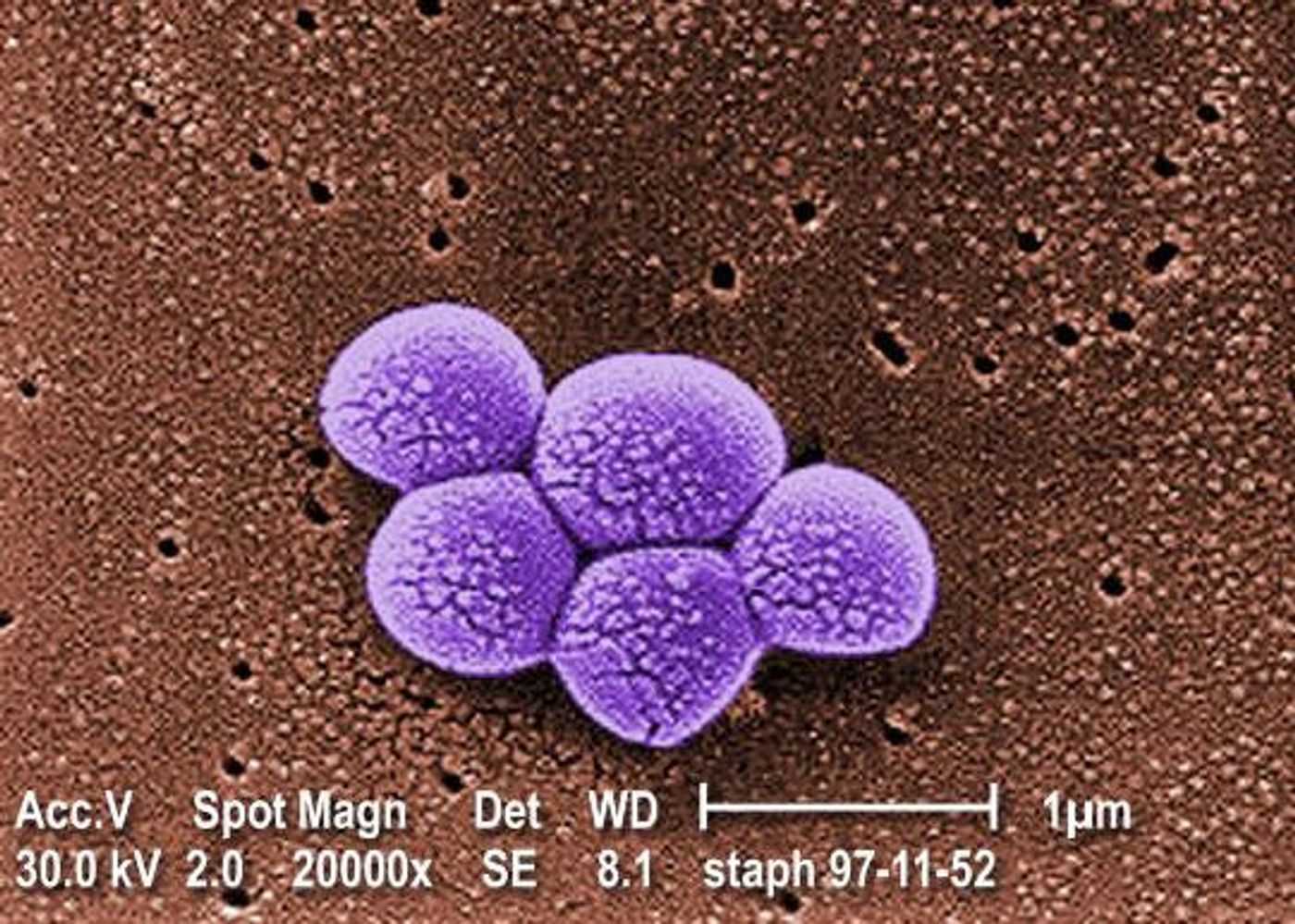Staphylococcus aureus is a bacterium that causes many illnesses; it’s thought to lead to over 11 million visits to the doctor and the emergency room every year in the United States alone. Researchers at ETH Zurich have aimed to create a therapeutic that can treat serious infections with this pathogen. They engineered a cell that can sense the bacterium and activate a synthetic gene circuit, producing a protein that fights the deadly illness. Rather than using a drug, these designer cells can time the right dose of a protein to cure an infection. The research has been reported in Cell and is outlined by the researchers in the following video.
S. aureus can cause a wide range of symptoms, from relatively minor skin infections to life-threatening conditions like pneumonia, meningitis, and sepsis. As with many other infectious pathogens, the rate of resistance to antibiotics is rising in this bacterium, and it is becoming harder to treat in what is known as methicillin-resistant S. aureus, known as MRSA. The number of deaths caused by MRSA now exceeds those caused by influenza, hepatitis, and HIV/AIDS combined.
This work is aiming to create new therapeutic strategies for this dangerous disease, especially in the case of bacterial infections on medical implants. S. aureus is a leading cause of implant-associated infections (IAIs); they can form biofilms, which are bacterial communities that are tough and very hard to remove. In some cases, these implants have to be taken out of patients because of S. aureus growth, a severe and costly complication.
The innate immune response each of us is equipped with can detect S. aureus infections and is able to launch a series of signals that results in an immune system attack on the invading pathogen. S. aureus has been around for a long time, however, and has developed a range of tactics for evading that immune response.
In this research, a gene circuit is employed inside a synthetic cell to sense the pathogen and then express a protein like one used by our immune system; it can kill bacteria, even staphylococcal species. The researchers show that this designer system can be used in both rodent and human cells to create a way to detect and eliminate staphylococcal bacteria. Treatment options for serious staph infections are very limited, and this work shows that the synthetic gene network may be a new option. It was able to prevent MRSA from forming biofilms and cured an acute MRSA infection in a model.
Source: Cell









